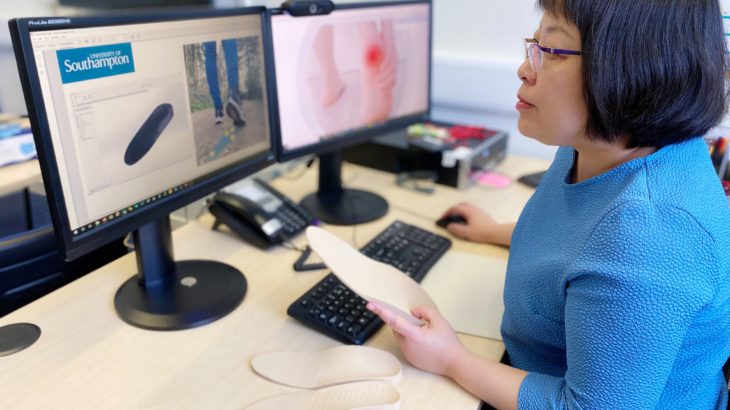Tackling health inequalities through technology

Heath conditions such as diabetes may have a massive impact on an individual, but their prevalence also reflect growing inequalities in society.
More than three million people in the UK have diabetes and this is expected to increase to five million by 2025.
Yet, this condition does not affect the UK population equally. A quarter of people living with Type 2 diabetes are from the most deprived fifth of neighbourhoods compared to 15% from the least deprived fifth.
Meanwhile, south Asian and Black people are two to four times more likely to develop Type 2 diabetes than white people.
Diabetes can also lead to other serious conditions including heart attacks, strokes and amputations, exacerbating health inequalities further
Preventable conditions
And diabetes’ prevalence makes it costly to tackle, with Diabetes UK estimating that the NHS spends at least £10bn a year on diabetes – around 10% of its budget.
Yet some of these secondary conditions are preventable. One example is foot ulcers, with around 80% of foot ulcers likely to be preventable by better management of the forces applied to the sole of the foot.
So, it’s great to hear about a University of Southampton project that is targeting foot ulcers, which can be triggered by excessive or extended activities.
A foot ulcer can occur quickly, even within a day, and people with diabetes often cannot feel foot pain and so fail to recognise the early warning signs. Therefore, ulcers often go unnoticed and untreated, and then the risk of amputation is increased.
Sensor technology
The Load Monitoring and Intervention System (LOMIS) being developed by the university uses sensor technology to alert diabetic patients when they are at risk of developing an ulcer.
In the past year, a 10-year update was published of the original Marmot Review of health inequalities. This underlined how health inequalities are widening, along with large increases in demand for the NHS and social care due to the ageing population, with the incidence of many illnesses roughly doubling.
The update says that 2035 there will be approximately 16 million cases of dementia, arthritis, type 2 diabetes and cancers in people aged 65+, twice as many as in 2015.
The report also included a recent analysis from Kent, which shows that per capita, health and social care costs are 35% higher in the most deprived areas of the county. The authors of that research concluded that there may be an economic case for reducing health inequalities, as well as a moral one.
Prevention of diseases in the first place through early intervention is crucial. However, projects like LOMIS also help to reduce the damaging effects that diseases like diabetes have on people’s lives, reducing the chance of other conditions developing and health inequalities worsening.
They also show how our researchers that specialise in science and engineering can contribute to efforts to break the health inequality cycles that entrench poverty and disadvantage.
Project details
Professor Liudi Jiang, head of Southampton’s Engineering Materials Research Group, is the LOMIS principal investigator.
This £965,000 NIHR project, project is supported by co-investigators Professor Dan Bader from the University of Southampton and Professor Christopher Nester, Dr Daniel Parker and Dr Yeliz Prior from the University of Salford, as well as the Patient and Public Involvement and Engagement (PPIE) panel and Clinical Advisory Group. The project will run until December 2023.


